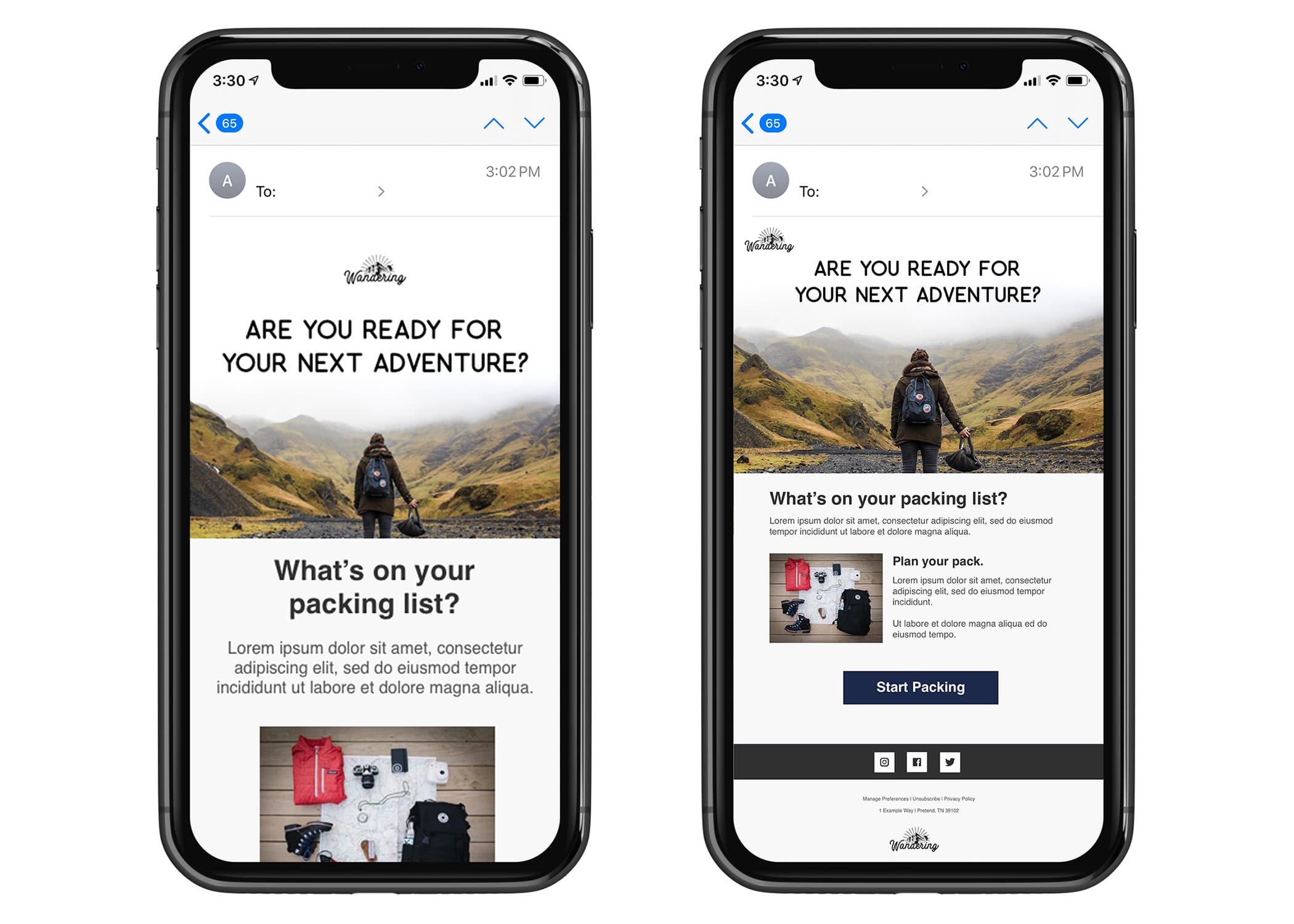
The Ultimate Overview to Mobile Optimization: Approaches for Enhancing Site Efficiency on Smartphones and Tablets
The strategies for enhancing website efficiency on mobile systems go past plain adaptation; they include a comprehensive approach that involves responsive design, rate optimization, content techniques, and user experience improvements. By diving into the complexities of mobile optimization, businesses can not just meet user expectations however likewise remain in advance in a competitive digital landscape.
Value of Mobile Optimization
Mobile optimization plays an essential duty in boosting user experience and driving conversion rates in the ever-evolving digital landscape. With the boosting use smartphones and tablets for surfing the net, ensuring that websites are maximized for mobile phones has actually become vital for companies - Mobile Optimization. A mobile-optimized site not only adjusts flawlessly to different display dimensions yet also tons swiftly, providing individuals with a smooth and delightful searching experience
In today's busy globe, customers expect instantaneous accessibility to information on the go. An internet site that is not optimized for mobile phones threats shedding potential consumers due to slow down filling times or a bad interface. By spending in mobile optimization, organizations can accommodate the needs of their mobile audience, causing higher involvement and raised conversions.
Additionally, internet search engine like Google prioritize mobile-friendly websites in their rankings, making mobile optimization important for boosting exposure and attracting organic traffic. Mobile Optimization. Overall, the significance of mobile optimization can not be overemphasized, as it directly impacts customer complete satisfaction, conversion rates, and total organization success in the electronic realm
Responsive Design Techniques
Implementing responsive layout methods ensures that websites dynamically readjust their format and web content based upon the user's gadget display size, supplying a consistent individual experience throughout various platforms. Among the most typical methods used in responsive layout is creating fluid grids that permit content to resize proportionally to the screen size. This ensures that elements on the page maintain their loved one spacing and setup, enhancing the viewing experience for users on various devices.
In addition, using versatile photos that can scale with the size of the viewport aids avoid images from being chopped or distorted on smaller displays. CSS media queries play a crucial role in receptive style by permitting designers to use specific styles based on the gadget characteristics such as display width, elevation, and orientation. By leveraging media inquiries, websites can adapt their design go to website and style to fit smartphones, tablet computers, and desktop computer displays perfectly.
Integrating receptive layout techniques not just improves customer experience but additionally adds to improved search engine rankings, as internet search engine like Google focus on mobile-friendly internet sites in their mobile search engine result. By accepting receptive design, internet sites can deal with the varied needs of customers accessing content on a variety of devices, eventually driving engagement and conversions.
Speed and Performance Optimization

One trick strategy is optimizing images and multimedia content to reduce data sizes without jeopardizing quality. Compressing photos, leveraging modern-day picture styles like WebP, and lazy filling offscreen photos work methods to quicken lots times (Mobile Optimization). Decreasing HTTP requests, leveraging browser caching, and minimizing server feedback times are important actions in improving efficiency.
Executing a web content delivery network (CDN) can also considerably enhance website speed by distributing content throughout numerous web servers internationally, reducing latency for customers accessing the go to this website website from various places. Focusing on vital above-the-fold web content and postponing non-essential scripts can better improve regarded performance. By concentrating on rate and efficiency optimization, web sites can provide a smooth and enjoyable user experience on smart phones.
Mobile-Friendly Web Content Approaches
Mobile-friendly web content methods entail tailoring the presentation of details to fit the smaller sized displays and on-the-go nature of smartphone and tablet individuals. Furthermore, damaging up web content right into shorter paragraphs and utilizing bullet factors can aid enhance readability and make it less complicated for customers to take in details rapidly.
Including engaging visuals, such as images and video clips optimized for mobile viewing, can additionally enhance the overall user experience. These visuals ought to matter, top quality, and load swiftly to stop users from wearying. In addition, incorporating interactive aspects like tests, surveys, or surveys can enhance user engagement and encourage active participation.
Individual Experience Enhancements
Building on the structure of mobile-friendly content approaches, boosting customer experience involves enhancing every touchpoint to make certain smooth interaction and contentment for Check Out Your URL mobile individuals. One important facet of boosting user experience on mobile tools is guaranteeing quick loading times.
Along with speed up and receptive layout, streamlining navigating is crucial for a positive individual experience. Clear and instinctive navigating menus, prominent search bars, and tactically positioned call-to-action switches can help customers conveniently discover what they are searching for on a mobile website. Optimizing forms for mobile users by decreasing the number of areas and using auto-fill functions can also improve the total individual experience. By concentrating on these user experience improvements, web sites can efficiently engage and keep mobile visitors.
Final Thought
To conclude, mobile optimization is critical for enhancing web site efficiency on mobile phones and tablet computers. By executing responsive design methods, enhancing speed and efficiency, developing mobile-friendly content, and boosting individual experience, businesses can properly reach and engage with their mobile target market. It is important for sites to adjust to the increasing mobile use fads in order to stay competitive in the digital landscape.